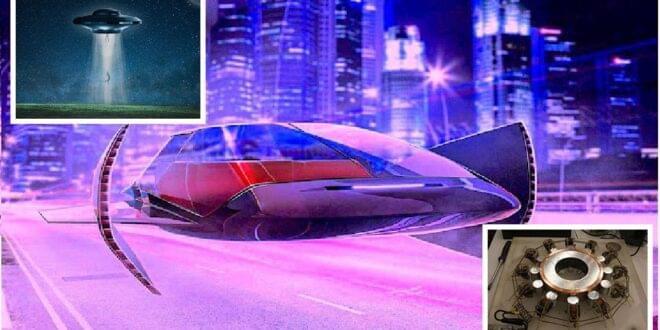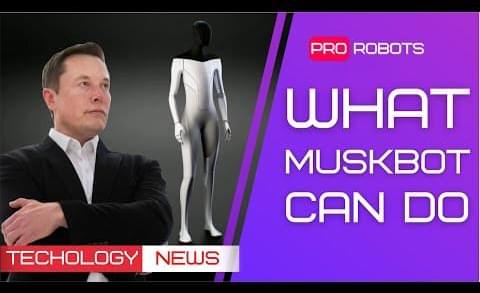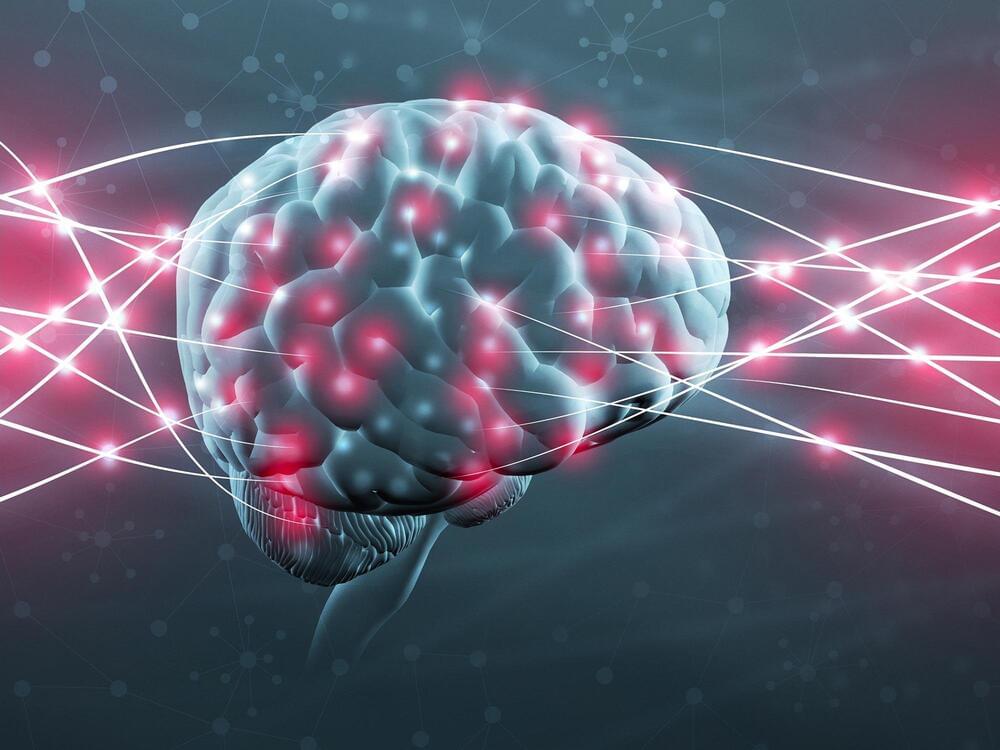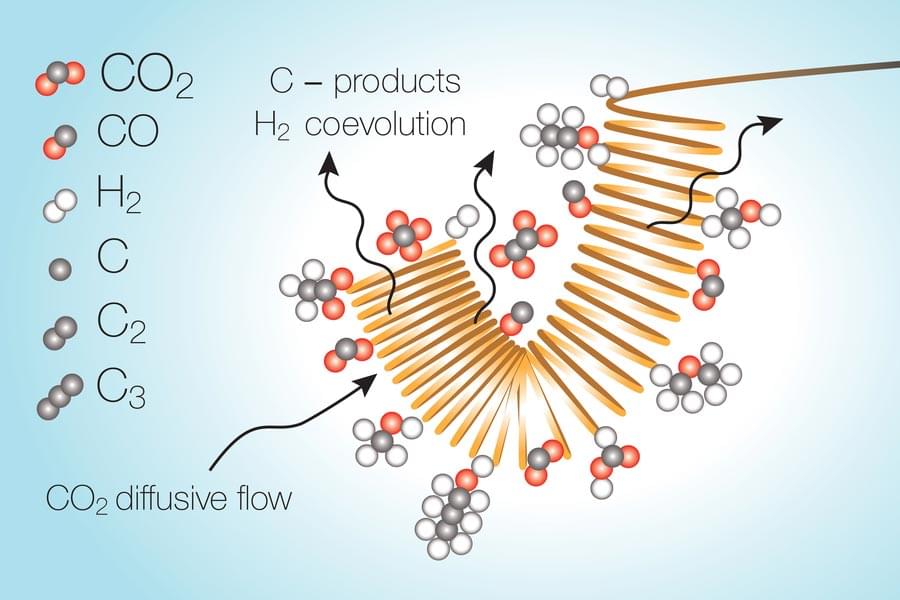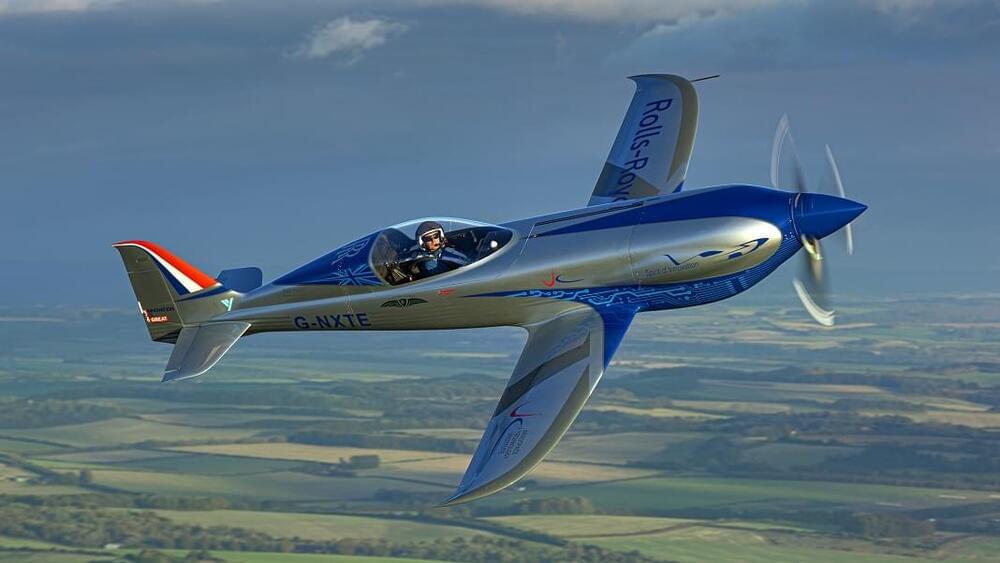
The first electric plane took flight in 1973. There was just one person on board and the plane only stayed in the air for 14 minutes, but it was the beginning of an ongoing effort to power aircraft with batteries instead of fuel. Multiple companies are working on building faster, lighter, more efficient electric planes, as well as batteries to power those planes—and last week an aircraft made by Rolls-Royce hit some new milestones in the industry.
Cheerily dubbed the Spirit of Innovation, the plane is part of the company’s Accelerating the Electrification of Flight initiative. The seemingly precocious plane just completed its maiden flight a little over a month ago, and Rolls-Royce subsequently launched “an intense flight testing phase” to collect data on the performance of the aircraft’s power and propulsion system, a 400kW electric powertrain they call “the most power-dense propulsion battery pack ever assembled in aerospace.”
Last week, the company said in a press release, they set three new world records. First, the aircraft reached a top speed of 345.4 mph (555.9 km/h) over 1.8 miles (3 kilometers). That’s 132 mph (213 k/h) faster than the existing record. The Spirit of Innovation got up to an altitude of 9,842.5 feet (3,000 meters) in 202 seconds—60 seconds faster than the existing record. And finally, the plane reached a maximum speed of 387.4 mph (623 km/h) during its flight tests, which Rolls-Royce says makes it the world’s fastest all-electric vehicle. The company is waiting on the Federal Aviation Institute to confirm and certify these claims.

